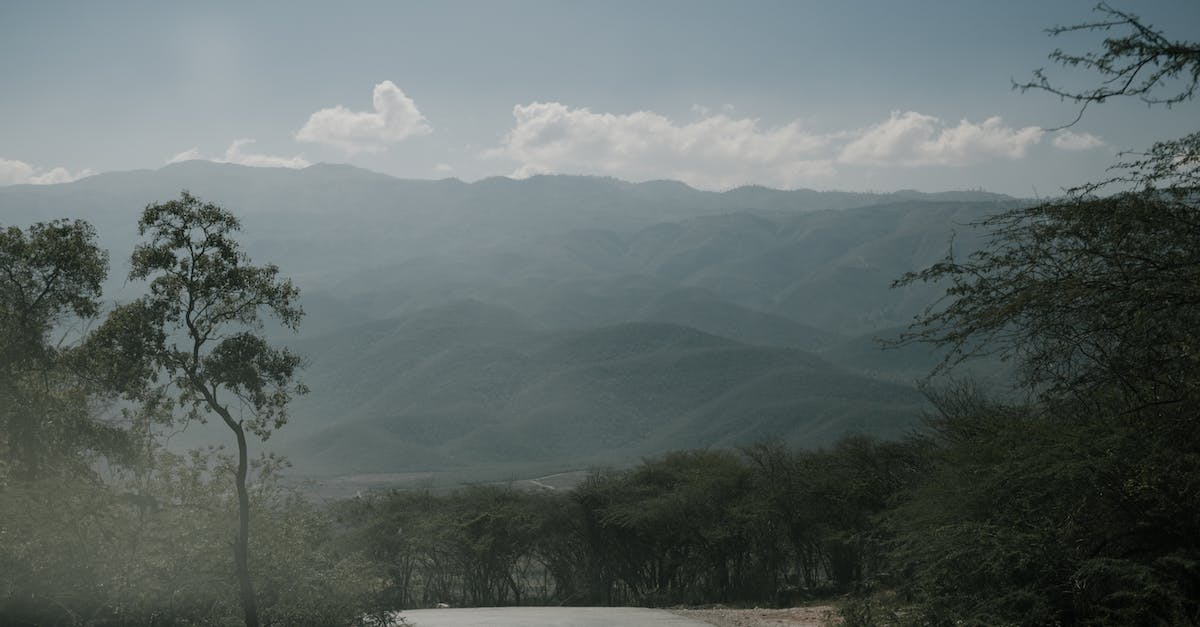Venturing into the wilderness can be an exhilarating experience, especially when we learn to decipher the stories written in the earth.
On our nature trails, the tracks left behind by wildlife serve as silent narrators of their movements and behaviors.
In this guide, we’ll investigate into the art of identifying wildlife tracks, revealing the secrets hidden in the imprints we often overlook.
From the subtle nuances between a deer’s hoof print and a raccoon’s paw mark to the tracks of elusive predators like coyotes and bobcats, we’ll equip you with the knowledge to read the trails like a seasoned tracker.
Join us on this journey of discovery as we unravel the mysteries of wildlife tracks on nature trails.
Key Takeaways
- Wildlife tracks on nature trails provide valuable insights into the habits and movements of various animal species.
- Identifying common wildlife tracks like deer, raccoon, squirrel, and coyote can deepen our connection with the environment.
- Using tools such as field guides, plaster casts, and camera trap footage can enhance track identification skills.
- Enhancing tracking abilities requires spending time outdoors, joining guided nature walks, studying track patterns, and utilizing online resources for learning.

Understanding Wildlife Tracks
When walking on nature trails, identifying wildlife tracks can be a fascinating experience. Animal footprints can reveal valuable information about the habits and movements of different species. Deer tracks often show a cloven hoof with two points at the front. On the other hand, raccoon tracks look like tiny human hands with long fingers. Predators like coyotes leave larger prints with claw marks visible. By observing these tracks closely, we can begin to understand the story of the animals that crossed our path.
Learning to interpret these tracks can help us appreciate the diversity of wildlife in our surroundings. It’s like solving a mystery, piecing together clues left behind by various creatures. Next time you’re out on a hike, take a moment to look down and explore the hidden world beneath your feet—it’s a true adventure in itself.
Importance of Wildlife Tracking
Understanding the importance of wildlife tracking can enhance our nature experiences. By identifying wildlife tracks, we gain insights into the habits and movements of various animals in their natural habitat. This knowledge deepens our connection with the environment around us. Wildlife tracking is like reading a story written on the ground, offering a glimpse into the lives of wildlife species. It enables us to appreciate the diversity of wildlife and the intricate ecosystems they inhabit.
When we engage in wildlife tracking, we become detectives uncovering clues left behind by different animals. Each track tells a unique story, revealing patterns of behavior and interactions within the ecosystem. This practice allows us to learn about animal behaviors, such as foraging, hunting, or territorial marking. It’s a way for us to be part of the natural world and understand the balance of life in nature.
To learn more about the importance of wildlife tracking, you can visit the National Wildlife Federation’s website. They provide valuable resources on wildlife conservation and tracking techniques.

Common Wildlife Tracks to Look for
When exploring nature trails, keep an eye out for common wildlife tracks that can give us insights into the animals living in the area. Some tracks to look for include:
- Deer: Recognizable by their heart-shaped two-toed prints.
- Raccoon: Show distinct hand-like prints with long toes.
- Squirrel: Identified by their small prints with four toes in front and five in the back.
- Coyote: Display oval-shaped paw prints with claw marks.
These tracks are like nature’s breadcrumbs, guiding us to the wonders of the wild. To learn more about identifying wildlife tracks, visit the National Wildlife Federation’s website.
Tools and Techniques for Track Identification
When it comes to identifying wildlife tracks on nature trails, having the right tools and techniques is essential. Here at our blog, we recommend using the following methods to enhance your track identification skills:
- Field Guide: A reliable field guide specific to wildlife tracks can be a valuable resource during your nature walks. It helps in matching tracks to the correct animal species.
- Plaster Casts: Making plaster casts of tracks can provide a 3D representation, making it easier to identify detailed features such as claw marks and foot shape.
- Camera Trap Footage: Utilizing camera traps along nature trails can capture images of wildlife in action, assisting in identifying the tracks left behind.
For more in-depth guidance on wildlife track identification, visit the National Wildlife Federation’s website.

Enhancing Your Tracking Skills
When it comes to Enhancing Your Tracking Skills on nature trails, practice makes perfect. The more we familiarize ourselves with different tracks and signs, the better we become at identifying them. Here are some tips to help us sharpen our tracking abilities:
- Spend time in nature: The best way to improve our tracking skills is by spending time outdoors and observing animal behaviors.
- Join guided nature walks: Participating in guided nature walks led by experts can provide valuable insights into interpreting wildlife tracks.
- Study track patterns: Paying attention to details like track patterns, spacing, and depth can help us distinguish between different animal tracks.
- Use online resources: Websites like the National Wildlife Federation offer valuable resources and guides on wildlife tracking.
With these tips and practice, we can become adept at identifying wildlife tracks and unraveling the mysteries of the animal kingdom.

